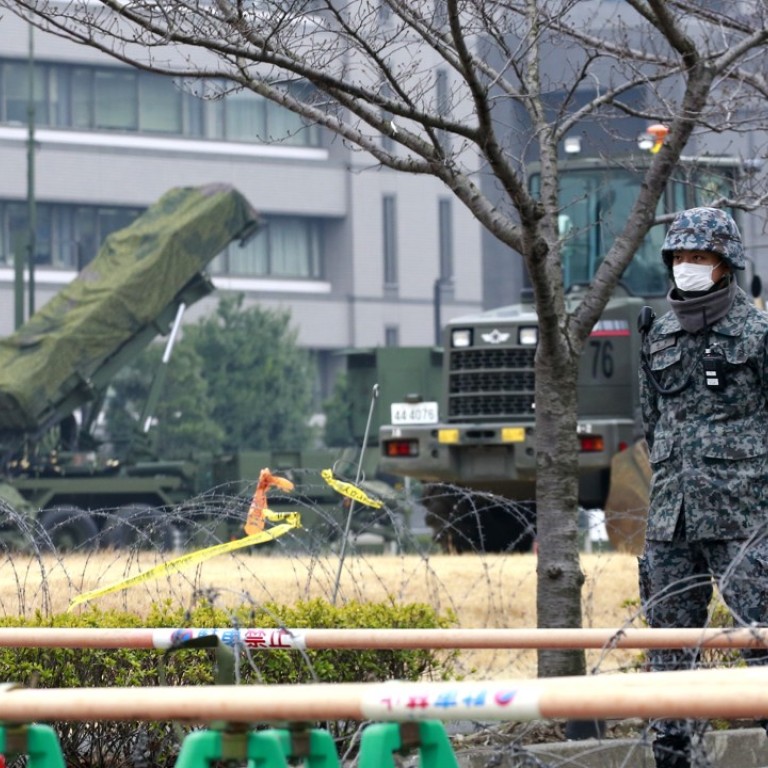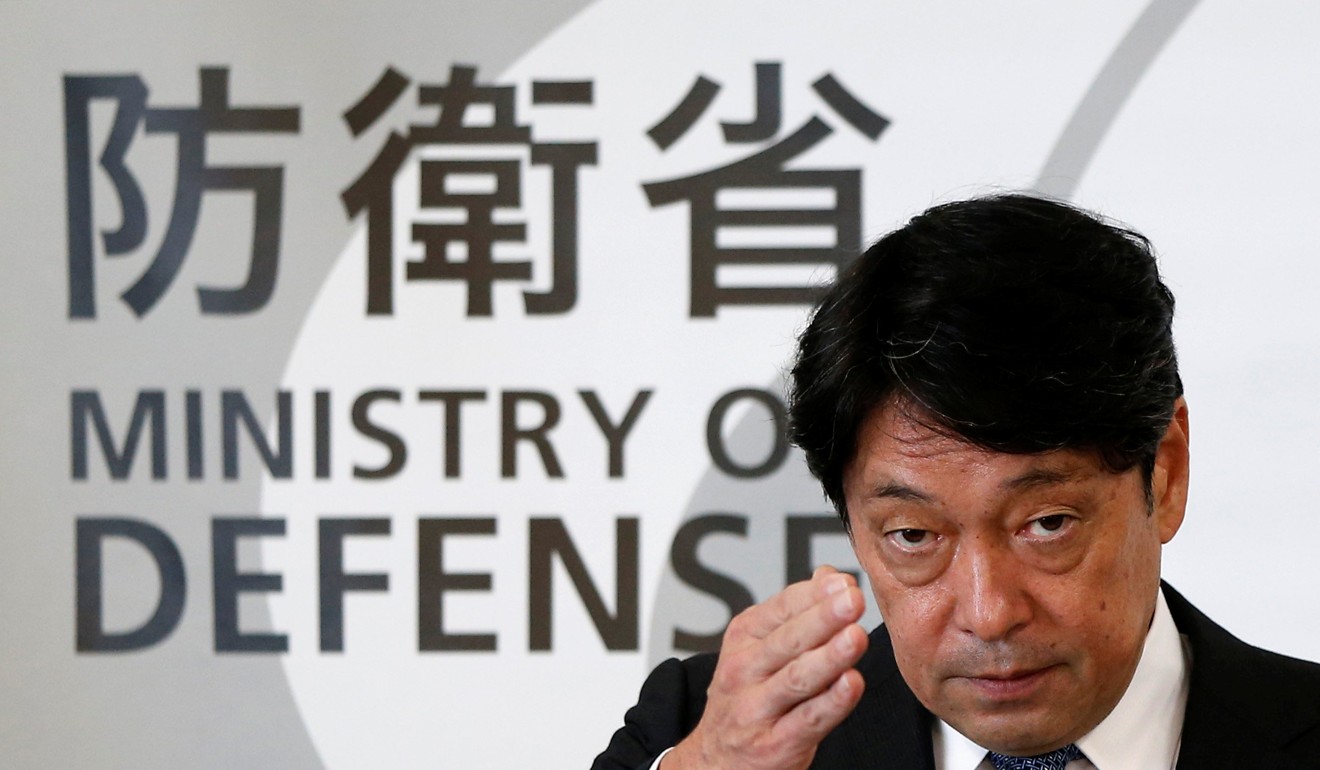
Japan defence review warns of North Korea weapons development and China’s ‘threatening behaviour’ in disputed seas
North Korea’s missiles represent and China’s continued ‘threatening behaviour’ in the East China Sea and South China Sea a concern for Japan
North Korea’s missile development poses a “new level of threat”, Japan’s defence ministry said Tuesday in an annual report that also reiterated concerns over China’s increasing military posture.
Japan released its annual Defence White Paper after North Korea fired two intercontinental ballistic missiles (ICBMs) last month on lofted trajectories to land off Japan’s west coast.
“It is conceivable that North Korea’s nuclear weapons programme has already considerably advanced and it is possible that North Korea has already achieved the miniaturisation of nuclear weapons and has acquired nuclear warheads,” the Defence Ministry said.
“Since last year, when it forcibly implemented two nuclear tests and more than 20 ballistic missile launches, the security threats have entered a new stage,” it added in the 563-page document.
North Korea’s latest ICBM test showed Pyongyang may now be able to reach most of the continental United States, two US officials have told Reuters.

The growing threat has prompted Japanese municipalities to hold evacuation drills in case of a possible missile attack, and boosted demand for nuclear shelters.
Missiles launched on a lofted trajectory were difficult to intercept, the defence ministry said.
With North Korea pressing ahead with missile tests, a group of ruling party lawmakers led by Itsunori Onodera, who became defence minister on Thursday, urged Prime Minister Shinzo Abe in March to consider acquiring the capability to hit enemy bases.
If realised, that would be a drastic change in Japan’s defence posture. Tokyo has so far avoided taking the controversial and costly step of acquiring bombers or cruise missiles with the range to strike other countries.

Despite Onodera’s comments, the ministry’s report also did not mention the possibility of installing more advanced defence systems such as the land-based Aegis Ashore or Terminal High Altitude Area Defense missiles, or THAAD, or allowing Japan’s self-defence-only troops to conduct retaliatory attacks as proposed by the ruling Liberal Democratic Party.
The THAAD system was deployed last year in South Korea, much to the irritation of China, which has opposed the installation of systems that it suspects could be used to conduct surveillance from outside its borders.
“North Korea’s missiles represent a deepening threat. That, along with China’s continued threatening behaviour in the East China Sea and South China Sea, is a major concern for Japan,” Onodera told a news briefing in Tokyo.

“There is a possibility that their naval activities, as well as air force activities, will pick up pace in the Sea of Japan (East Sea) from now on,” the ministry said.
“We need to keep a close eye on the Chinese naval force’s activity,” it added.
Tokyo’s ties with Beijing have long been plagued by a territorial dispute over a group of tiny, uninhabited East China Sea islets and the legacy of Japan’s wartime aggression.
Additional reporting by Associated Press and Agence France-Presse

